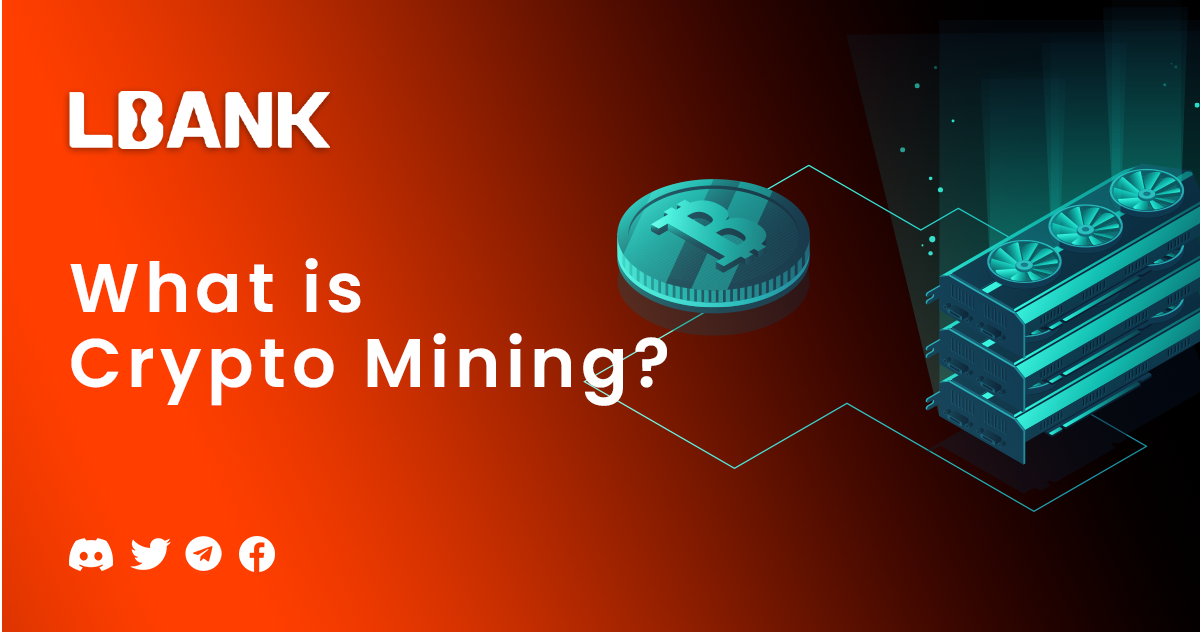what is the market cap of all cryptocurrencies
What is the market cap of all cryptocurrencies
The term digital currency refers to a form of currency that is available only in digital or electronic form. It is also called digital money, electronic money, electronic currency, or cybercash https://realitypms.com/fs/50freespins/. This means that there is no physical form. As such, it cannot be handled, stored, or manipulated. Consumers and businesses can use digital currencies to execute transactions and trades. These currencies may not be used by all countries or communities.
We all want immediate transactions, but it’s not possible every time. For example, when it comes to Bitcoins, if you trade them, they will be available at the very same moment. The same goes for sending them to your friends. But, for those who are mining through their super-powerful computers, it’s not that easy. They may need to wait for a little until the transaction is completed, and that can be a little frustrating. In the blockchain, there are just 7 transactions per second, and compared to the other currencies, that’s far less than 20, 50, or even 2000 transactions per second. But, on the other hand, you should be aware that Bitcoin money transfer is covered with a few layers of protection and encryption, and that’s why it may be much slower than the other currencies.
This money didn’t appear overnight. Their developers worked on them for years, and the Bitcoin was launched in 2009, starting this huge chapter, which is risky, unpredictable, but at the same time profitable and promising. Litecoin appeared a few years later, in 2011, followed by Ripple in 2012. Ethereum, which is one of the most recognized currencies, was launched in 2015, and just one year earlier the world met Stellar. In 2017 Bitcoin Cash was developed and launched, as a successor of the Bitcoin.
Are all cryptocurrencies mined
Also, proof-of-stake rewards those who validate transactions differently. Instead of being paid in newly mined tokens or fractions of a token, stakeholders receive the aggregate transaction fees from a block of transactions. These fees may not equal as much as a block reward, but understand that the costs of this validation method are much, much lower.
2. Miners solve a puzzle. Miners use computers to guess a special number, called the nonce, that, when combined with the block data, produces a result below a specific target number. It’s like a digital lottery ticket that involves a puzzle.
The global cryptocurrency market capitalization is over $1.5 trillion, with more than 50% being that of Bitcoin. This dominance could send ripples through the space, causing other cryptocurrencies to lose value as well.
Bitcoin is the first and the most well-known mineable cryptocurrency. Launched in 2009, Bitcoin uses a Proof of Work (PoW) consensus mechanism. Mining Bitcoin requires specialized hardware known as ASICs (Application-Specific Integrated Circuits). These machines are specifically designed for the purpose of mining Bitcoin and are far more efficient than standard CPUs or GPUs.
The total number of bitcoins issued is not expected to reach 21 million. That’s because the Bitcoin network uses bit-shift operators—arithmetic operators that round some decimal points down to the closest smallest integer.

Do all cryptocurrencies use blockchain
Let’s start with some quick definitions. Blockchain is the technology that enables the existence of cryptocurrency (among other things). Bitcoin is the name of the most recognized cryptocurrency, the one for which blockchain technology, as we currently know it, was created. A cryptocurrency is a medium of exchange such as the US dollar, but is digital and uses cryptographic techniques and its protocol to verify the transfer of funds and control the creation of monetary units.
Q #1) What are the four types of cryptocurrency? Answer: The four major types include utility, payment, security, and stablecoins. There also are DeFi tokens, NFTs, and asset-backed tokens. Of all cryptocurrencies, the most common are utility and payment tokens.
For a more diversified approach, you could buy into an exchange-traded fund (ETF) that invests in blockchain assets and companies, like the Amplify Transformational Data Sharing ETF (BLOK), which puts at least 80% of its assets in blockchain companies.
A blockchain is a distributed database or ledger shared among a computer network’s nodes. They are best known for their crucial role in cryptocurrency systems for maintaining a secure and decentralized record of transactions, but they are not limited to cryptocurrency uses.
Long-term crypto investments are digital asset purchases with a lengthy hold period. Some of the best long-term crypto investments include Bitcoin (BTC), Ethereum (ETH), Tether (USDT) and Ripple (XRP).
Overall, blockchain and cryptocurrency have the potential to transform how we conduct business, share data, and interact with the digital world. As with any emerging technology, there are risks, but the opportunities are immense.
About the author